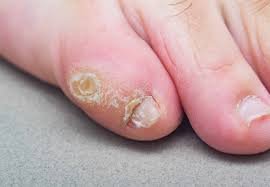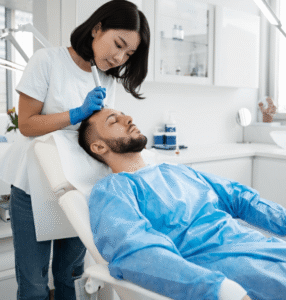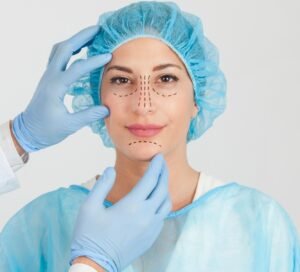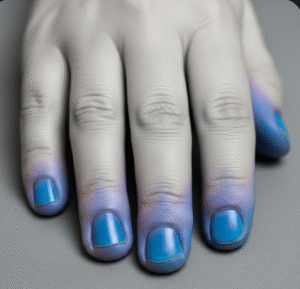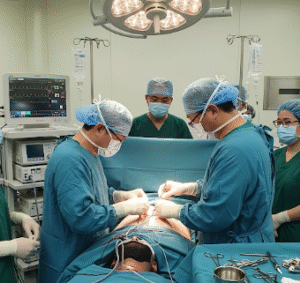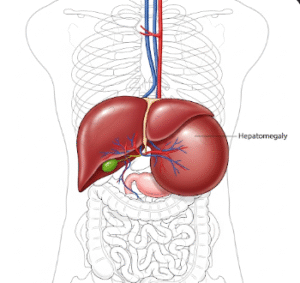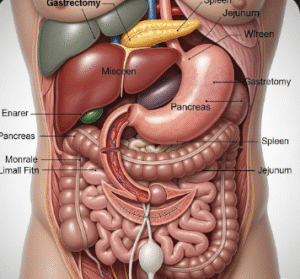Overview
Corns are thickened areas of skin that develop due to repeated pressure or friction, usually on the feet or toes. They are a common foot problem that can cause discomfort or pain while walking. Although corns are typically not dangerous, they may lead to complications in individuals with diabetes or poor circulation. South Korea offers a range of podiatric and dermatological services for the management of corns.
What are Corns?
Corns are small, concentrated areas of hard skin, usually with a central core that can press into deeper layers, causing pain. They often develop over bony prominences, such as the tops of toes or on the soles of the feet. Corns differ from calluses in size and shape, with corns being smaller, more defined, and sometimes more painful.
Symptoms
- Hard, thickened skin on toes, soles, or sides of feet
- Pain or tenderness when pressure is applied
- Raised, round area of skin
- Possible inflammation or redness around the affected area
Causes
Corns form due to:
- Wearing tight, ill-fitting shoes
- Prolonged walking or running
- Repetitive friction or pressure on specific areas of the foot
- Deformities of the toes, such as hammertoes or bunions
Risk Factors
- Wearing high heels or narrow shoes
- Abnormal gait or walking patterns
- Older age (skin becomes thinner and more prone to friction)
- Diabetes or peripheral vascular disease (increases risk of complications)
- Foot deformities or previous foot injuries
Complications
- Pain or difficulty walking
- Infection if the corn becomes cracked or irritated
- Ulceration in people with diabetes or poor circulation
- Secondary skin problems such as calluses or blisters
Prevention
- Wear well-fitting, supportive shoes
- Use cushioned insoles or padding to reduce pressure points
- Keep feet clean and moisturized
- Trim nails properly to prevent toe pressure
- Avoid walking barefoot on hard surfaces
Treatment Options in Korea
South Korea provides comprehensive podiatric and dermatological care for corns:
- Diagnosis
- Physical examination by a dermatologist or podiatrist
- Assessment of foot structure and gait
- Non-Surgical Management
- Padding or cushioning to relieve pressure
- Use of protective corn pads or silicone inserts
- Topical keratolytic treatments (e.g., salicylic acid) to soften the corn
- Regular foot care and moisturization
- Medical Procedures
- Professional debridement by a podiatrist to remove thickened skin
- Custom orthotics to correct pressure points or gait issues
- Surgical Intervention
- Rarely needed; considered when corns are caused by underlying bone deformities
- Surgical correction of hammertoes or bunions may prevent recurrence
- Long-term Care
- Patient education on proper footwear and foot hygiene
- Follow-up for people with diabetes or vascular disease to prevent complications

